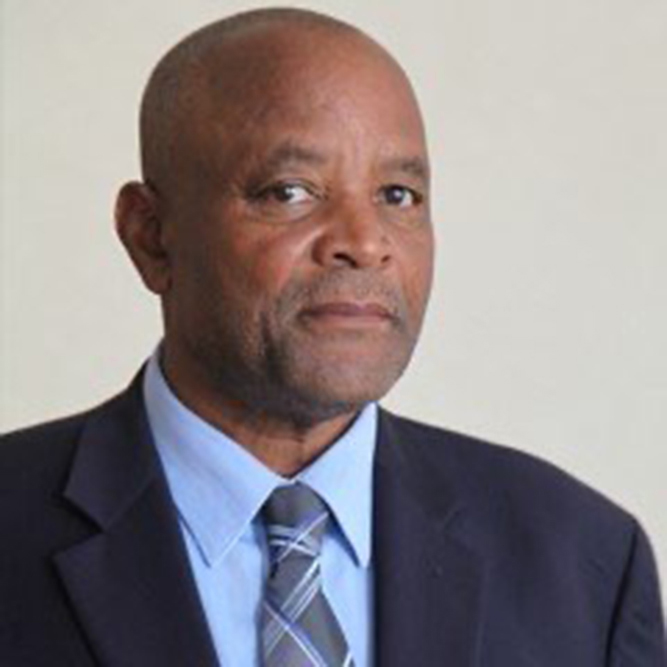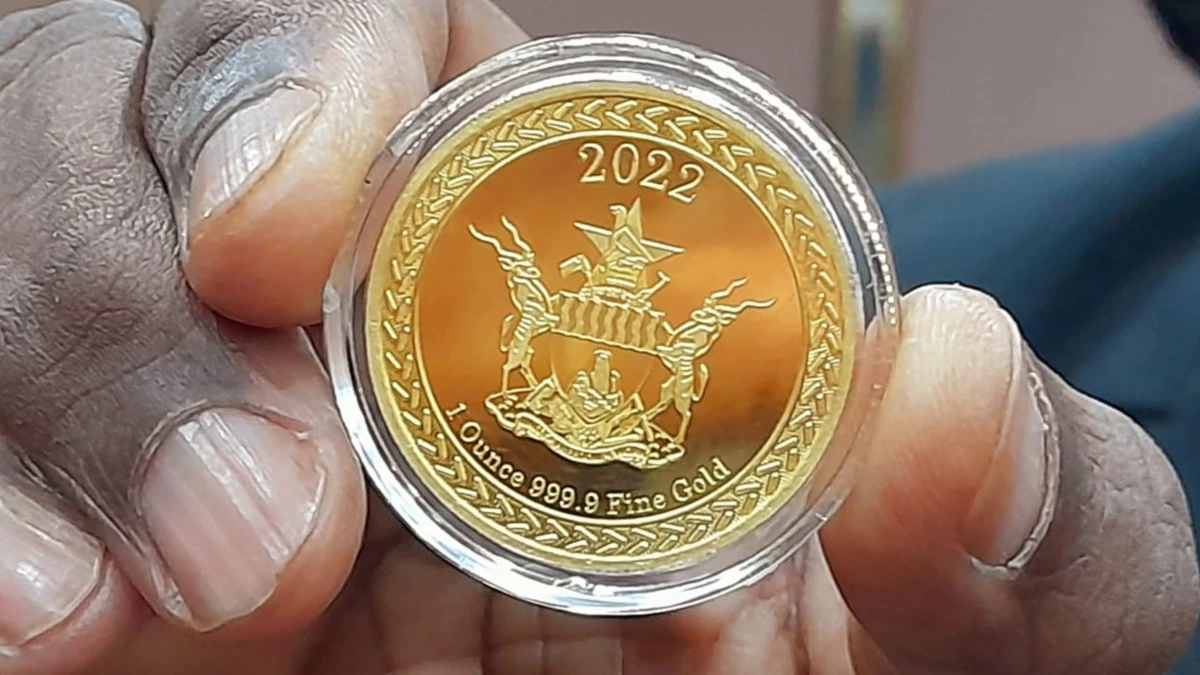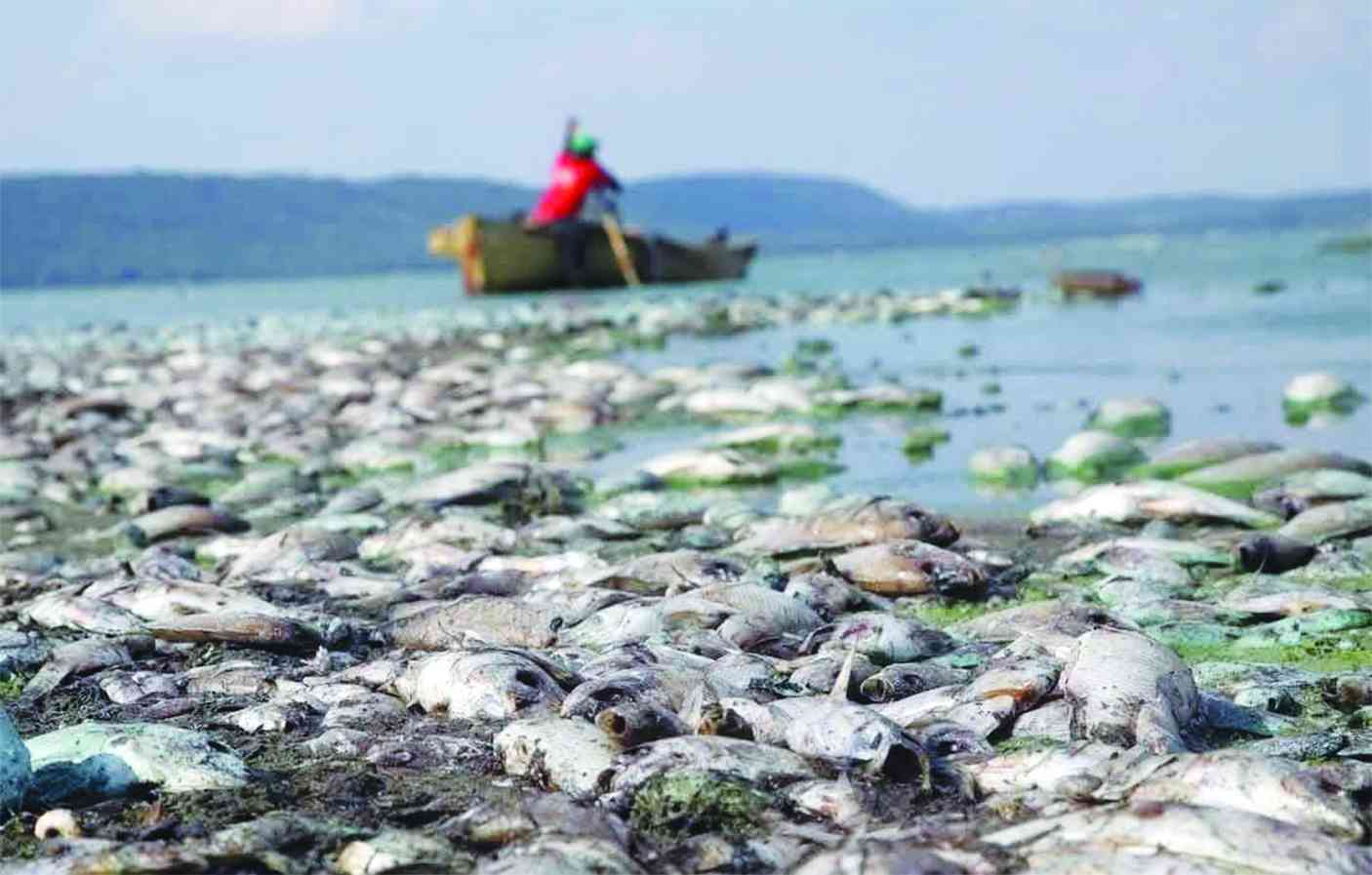
IN 1993, Zimbabwe established the Scientific and Industrial Research and Development Centre (Sirdc), now one of the finest scientific organisations in Southern Africa. It has researched and developed climate smart maize seed varieties under the Sirdamaize Brand, as part of its response to address the effects of successive poor harvests, partly caused by climate change-induced droughts. In this interview, our business reporter Freeman Makopa (FM) caught up with Sirdc chief executive officer, Robson Mafoti (RM) to discuss what the parastatal has achieved in 30 years, and what the future holds for it. Below are excerpts of the interview:
FM: What is your production target and seed output for this year?
RM: Zimbabwe Technological Solutions (ZTS), a company that is wholly owned by Sirdc, is producing maize seed, branded Sirdamaize 113. The seed has been on the market since the 2012/2013 farming season. Cumulative seed supply to marginal rainfall areas has exceeded 5 000 tonnes.
This had enhanced food security on over 200 000 hectares. Projected grain output would thus exceed one million tonnes. Our production target for the current 2021/2022 farming season is over 1 500 tonnes. This will cover over 60 000 hectares in one season and will produce over 300 000 tonnes of grain to feed families and also support the Zimbabwe agro-processing industry.
FM: Do you have any new seed varieties?
RM: The centre has been continuously researching and developing climate smart maize seed under the Sirdamaize brand. These are 115, 117, 119, 713 and 101. They will be launched soon. The varieties are high yielding, drought tolerant and well adaptable to Zimbabwe agro-ecologies. In addition, the varieties are tolerant to a wide range of diseases and have low nitrogen requirements.
The scope of our agro research and development (R&D) now extends to traditional grains, indigenous legumes, cassava, sweet potato, virus- free Irish potato seed and rice varieties. As released varieties reach farmers, agricultural productivity and returns on farms will substantially improve. Such improvements boost national food security and economic development.
FM: Have you been able to meet local demand?
- Chamisa under fire over US$120K donation
- Mavhunga puts DeMbare into Chibuku quarterfinals
- Pension funds bet on Cabora Bassa oilfields
- Councils defy govt fire tender directive
Keep Reading
RM: Sirdamaize 113 has been well popularised under the presidential input scheme, Pfumvudza/Intwasa, and the command agriculture programmes. It has also been widely distributed through agro dealers and sold through corporate schemes. Many farmers have appreciated the seed and its drought tolerance trait and have widely grown it this farming season. Our seed was sold out in most of the outlets that we used as distribution channels.
Fact file: Professor Robson Mafoti- Is the Chief Executive Officer of SIRDC since July 2003;
- Is a renowned industrial scientist with several international patents to his name;
- Has global work experience covering research and development, patenting, intellectual property licensing, manufacturing and commercialisation of research outcomes;
- Has had a distinguished career working in the United States of America and for German companies where he held various research and leadership positions;
- Holds a BSc degree in Chemistry and Biology, an MSc degree in Analytical Chemistry as well as MSc and PhD degrees (both in Organic Chemistry);
- Has published extensively in refereed journals and is a member of the following professional societies: American Chemical Society, PhiLambda Epsilon Chemical Honour Society and the Polymeric Materials, Science and Engineering Society;
- Has been a member of the board of several organisations including the Industrial Development Corporation, Zimbabwe Council for Higher Education and Chinhoyi University of Technology where he was chairperson of Council; and
- In January 2019, President Emmerson Mnangagwa appointed him to the 26-member Presidential Advisory Council (PAC).
FM: Are you exporting your products?
RM: Currently, we are not exporting and we are increasing our hectarage to be able to double our yield to meet local demand and export. It should be appreciated that drought tolerance mitigates the effects of climate change. Thus, the seed would suit production systems in most parts of Sub-Saharan Africa. As output rises, we will continue to explore new markets outside Zimbabwe. Already there are inquiries from Namibia, Botswana, Tanzania and Mozambique.
FM: At what stage are you in terms of your mandate to strengthen R&D capacity?
RM: Sirdc’s policy is anchored by its team work approach called the Stage Gate process. Sirdc places emphasis on R&D that leads to products for the local market and beyond. The centre’s vision is aptly summarised as “reduction to practice” of products and services. Selected products and services that have been developed through this modus operandi, include Sirdamaize 113, foundry cast products, solar driers, juice formulations, science laboratory and teaching equipment, chicken egg incubator, lean six sigma, instrument calibrations, environmental impact assessments, energy audits, customised software packages and customised training.
The Sirdc footprint within Zimbabwe and the sub-region is rising. Sirdc has aligned its 2021-2025 strategic plan to the National Development Strategy 1, which seeks to address macroeconomic stability, achieve equitable real gross domestic product growth, social infrastructure development, environmental protection and modernisation of the economy.
R&D output is transferred to ZTS Private Limited, the commercial arm of Sirdc. ZTS creates jobs, supplies products to clients and pays taxes, thus growing the fiscus.
FM: As a parastatal, have you been getting enough funding. How much do you require per year to operate at full throttle?
RM: Sirdc is pleased to note the commitment by the government of Zimbabwe to fund research and development. Lately, Treasury is making increased financial allocations and actual disbursements for Sirdc’s prioritised research programmes covering the production of livestock vaccines and acaricides, foundry (metal casting engineering), farm mechanisation and geo-databases in support of enhanced land management and renewable energy, among others. As 1% of GDP (allocated by government to Sirdc) gets committed to R&D funding, Sirdc hopes to get a reasonable share and up-scale its R&D commercialisation thrust.

FM: Since the establishment of Sirdc in 1993, what have been your achievements?
RM: Since its inception, Sirdc has produced numerous usable product prototypes and products in various fields of research be it ICT, agricultural mechanisation, building technology, energy, production engineering, food and animal health remedies, among others. Some selected achievements include: the accreditation of
Sirdc’s metrology laboratories to the Sadc Accreditation Service (SADCAS). The metrology disciplines that are accredited include temperature, mass, volume and dimensional metrology. In metrology, Sirdc has registered 19 calibration measurement capabilities (CMCs) in the Metrologia Journal, therefore facilitating international trade in goods and services by Zimbabwean companies.
Courtesy of competence levels in metrology, Zimbabwe, through Sirdc, is now a member of the Metre Convention/Bureau of Weights and Measures (BIPM). In biotechnology, the Centre has Plant Breeders Rights for six drought tolerant maize varieties, namely: Sirdamaize 113, 115, 117, 119, 101 and 713. Drought tolerant maize varieties substantially enhance household food security.
Sirdc has developed disease-free Irish seed potato through tissue culture and aeroponics technology, thereby improving yields and returns on farms. We have Standards Association of Zimbabwe registered standards in roofing tiles, rammed earth technology and manufactured mill balls. ZTS foundry supplies spare parts and consumables to the mining, transport, agriculture and building and construction sectors.
FM: Tell us more about your innovations
RM: In Information Communication Technology, we have developed an integrated military pay information system that substantially reduced the time of processing payrolls. We have developed land management information system that improved efficiency in land allocation/timely boundary disputes resolution. We have led the nationwide study of fuels blending and impact covering liquid petroleum gas and biofuels, E20 and E15, 5.
We have conducted a national energy efficiency study and contributed towards the energy policy. We have designed and installed solar energy systems for various clients, designed and developed a 25 MW solar plant that is scalable to 100MW and contributed to industrial productivity improvement through the Lean Six Sigma.
Sirdc interventions have been supported by the Confederation of Zimbabwe Industries. We successfully reverse engineered Korean small scale motorised hand-held farm mechanisation equipment, namely: tillers, threshers, separators and have facilitated technology transfer from first world economies like South Korea with positive impact on rural development in Zimbabwe.
FM: What are the major challenges that affect your work?
RM: Sirdc, like all other parastatals, will operate and achieve more with increased funding. The funding will particularly address the need for modern, well equipped and up-to-date laboratories. Funding is also required to commercialise research output leading to enhanced job creation, value-addition and increased injections into the fiscus through taxes. Skills retention is very important and more funding is needed to improve remuneration packages and stem brain drain.
FM: What are your objectives for 2022?
RM: In terms of the seed business, ZTS is poised to put on the market 2 000 tonnes of Sirdamaize 113 for the 2022/2023 agricultural season. In addition, the other five new varieties will also come on stream. During 2022, Sirdc would be producing some of the critical livestock vaccines for the prevention and/or treatment of diseases such as Foot and Mouth, Blackleg, Newcastle and Theileriosis (commonly known as January disease). Sirdc will continue to carry out research and develop products that will impact positively on the livelihoods of Zimbabweans and the economy in general.










